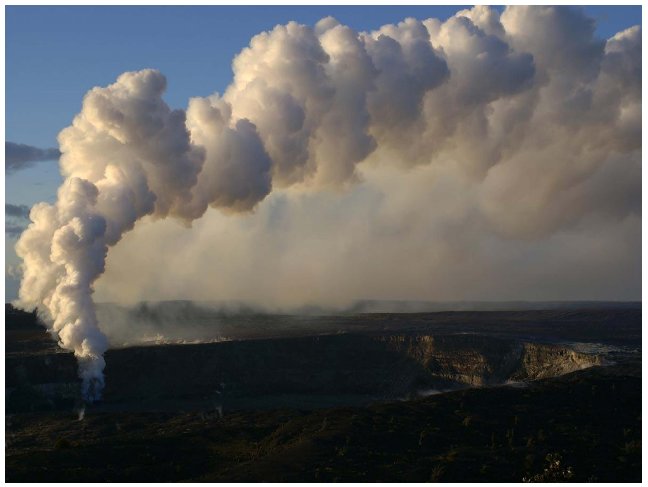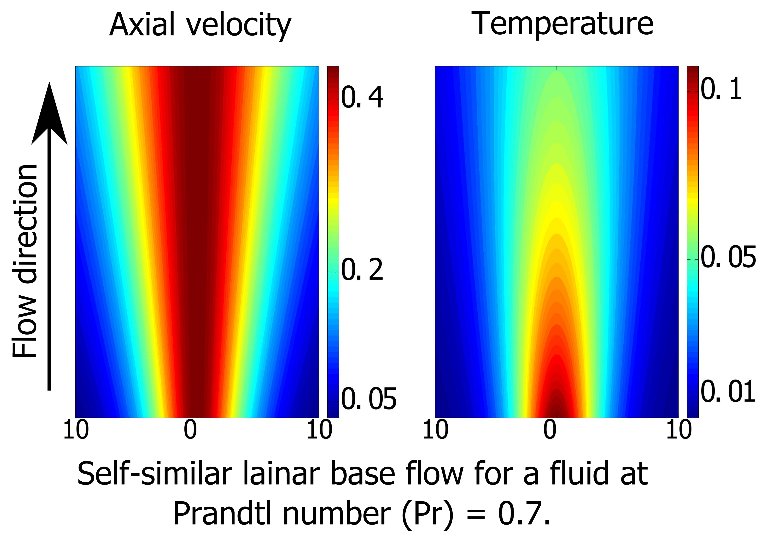Dispersion of pollutants
R.V.K. Chakravarthy - L. Lesshafft - P. Huerre
Publications
R. V. K. Chakravarthy, L. Lessafft, and P. Huerre, Local linear stability of laminar axisymmetric
plumes,
J. Fluid Mech. (2015), vol. 780, pp. 344-369
(Preprint)
What drives the large scale structures in plumes ?
Motivation
Plumes are flows driven by buoyancy. Analyzoing the dynamics of plumes is the first step towards understanding flows of practical insterest like polluant transfer, noise control of an exhaust, etc.
Most of the plumes exhibit large scale vortical structures as shown above. We aim to understand the cause and behaviour of these vortical structures.
Methodology
The dynamics of thermal plumes are investigated by applying local (absolute/convective) and global instability criteria that characterize the oscillator or amplifier behaviour. This analysis is carried out in a linear framework and its result are compared against nonlinear simulations.
Most of the plumes exhibit large scale vortical structures as shown above. We aim to understand the cause and behaviour of these vortical structures.
Results
In a buoyancy dominated regime, the laminar self-similar plume exhibits absolute instability for the first helical mode. This indicate an oscillator-type behaviour and could be the reason for the vortical structures observed in the flow.
References
M. Grae Worster, Stud. Appl. Maths (1986), pp. 139-152
S. Wakitani, J. Phys. Soc. Jpn (1980), pp. 2392 - 2399.



